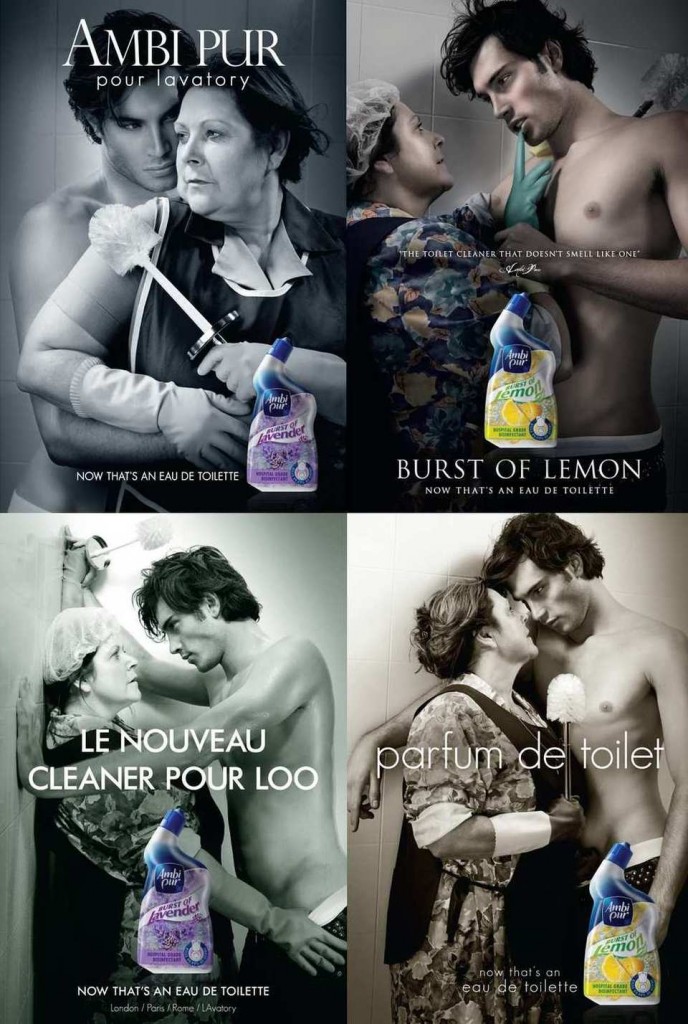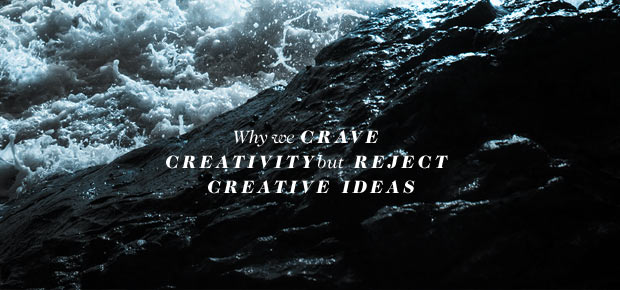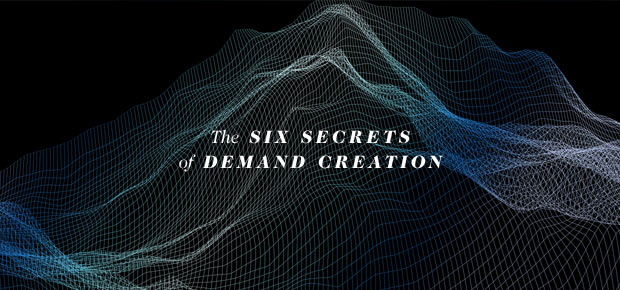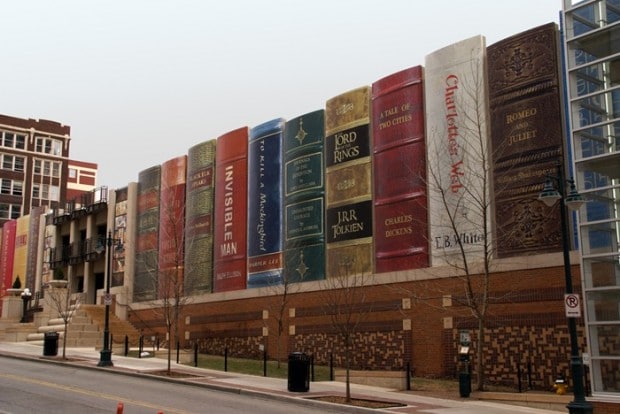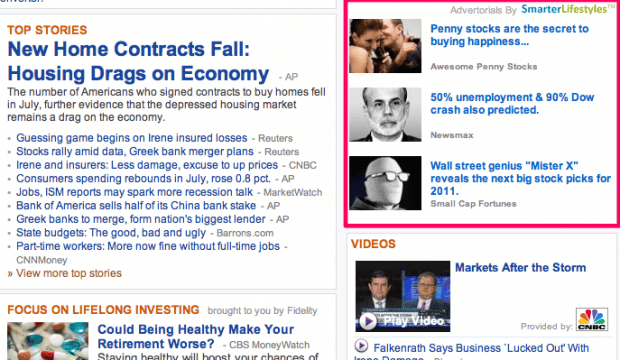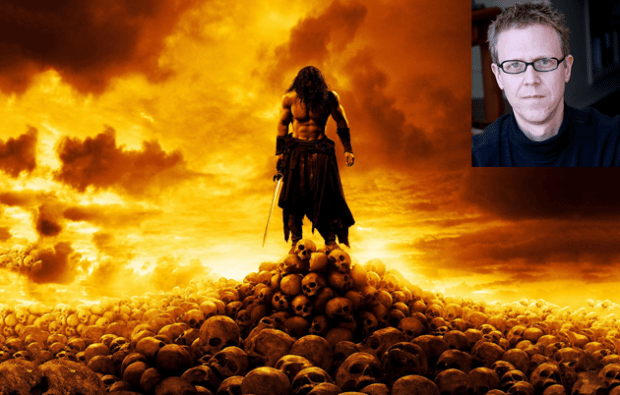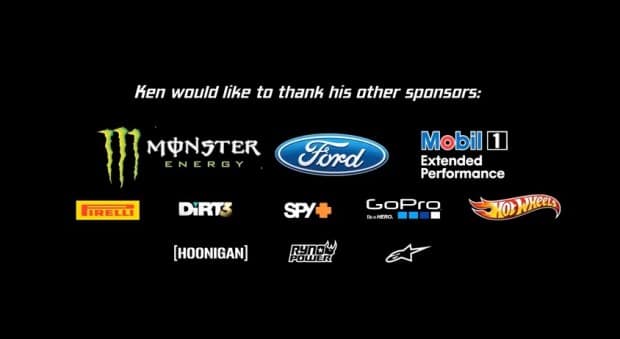I often have a hard time explaining to clients how modern identity work can be multi-dimensional and dynamic, but I don’t think I’ve ever done a great job of it. But this little video announcing a new logo for the Science Channel is about as good of an example as I can think of.
Category: Observations
Eau de Toilette
All I’m going to say is that this series is pretty clever.
Why We Crave Creativity but Reject Creative Ideas
As someone who makes a living out of pitching creative ideas, I read this article on the paradox of creative ideas with keen interest. People fear creative ideas. A good, creative idea is unsettling, and feels risky, even though it may not be at all. This dislike of creative ideas is so consistent, that I got really good at predicting which concept out of two or three a client would like best during a pitch. It’s always the least creative one. And every time the “safe” idea lost out to the better, more creative concept, it was a letdown.
This article on Science Daily is a great read that gets into why this happens. The real meat of the article is the summary of the studies’ findings:
Creative ideas are by definition novel, and novelty can trigger feelings of uncertainty that make most people uncomfortable.
People dismiss creative ideas in favor of ideas that are purely practical — tried and true.
Objective evidence shoring up the validity of a creative proposal does not motivate people to accept it.
Anti-creativity bias is so subtle that people are unaware of it, which can interfere with their ability to recognize a creative idea.
Clever creatives, however, can always reframe their daring concepts as the safe choice. Seth Godin has been preaching since at least 2002 that Safe is Risky.
The Six Secrets Of Demand Creation
Adrian Slywotzky has a nice little teaser on Fast Company for his upcoming book “Demand: Creating What People Love Before They Know They Want It.” This bit really resonated with me:
5. Build a Steep Trajectory of Improvement
A product’s launch is merely the first step in a series of attacks upon the indifference of the market. On launch day, great demand creators jump into the next phase by asking themselves: How fast can we get better? Every improvement they make will unlock new layers of demand, and leave less open space for imitative competitors.
I’ve seen this happen many times. Businesses get so caught up in their daily operations that they stop innovating and improving. The really successful business never seem to loose that desire to offer something even better.
Hat tip, Ron Tite.
Kansas City Library
This is a really clever facade to the Kansas City Public Library. Even more clever, the titles on display change periodically. From their website:
The Community Bookshelf is a striking feature of Kansas City’s downtown. It runs along the south wall of the Central Library’s parking garage on 10th Street between Wyandotte Street and Baltimore Avenue. The book spines, which measure approximately 25 feet by 9 feet, are made of signboard mylar. The shelf showcases 22 titles reflecting a wide variety of reading interests as suggested by Kansas City readers and then selected by The Kansas City Public Library Board of Trustees.
Evolution of Logos
It’s pretty interesting to see how some of the most famous brand identity work has evolved. It’s pretty rare for any of these companies to completely rebrand, usually there are just some some adjustments made in each iteration.
Post-publishing note: I had grabbed this image from somewhere and stuck into my folder of things to blog about. Unfortunately, I didn’t keep very good notes as to where I found this collection. Tineye didn’t turn up any results, but it appears as though this was originally from Inc.com which has some nice notes for each brand and is worth looking at.
How Does Such a Pretty Wife Make Such Bad Coffee
The video’s creator took a series of coffee commercials from the 50’s and 60’s, and pulled together all the moments when the guys were being real jerks.
What’s interesting is that this message was such a common one for coffee brands at the time. It makes me wonder what conventions we’ll find in today’s commercials.
Yahoo Finance Ads Spoil Credibility
I saw this over on the 37signals blog, where it was pointed out that running such shady ads next to your serious financial content doesn’t do you any favours in the credibility department.
We Start with the Most Noble of Intentions
I kind of like failure. It teaches us important things, and it’s often more interesting to hear about a catastrophic failure than a brilliant success.
I really enjoyed Sean Hood’s answer to the question, “What’s it like to have your film flop at the box office?” The short of it is that like most endeavours, filmmaking is a group effort that suffers from conflict, frustration, exhaustion, and compromise.
And so while everyone intends to make a really fantastic product, something that they can be proud of, sometimes it just doesn’t work out.
Gymkhana FOUR: The Hollywood Megamercial
This is a stunning video that really obeys the rules of trading entertainment for advertising (see the advertisers screen below). Fun starts at about 1:27.
